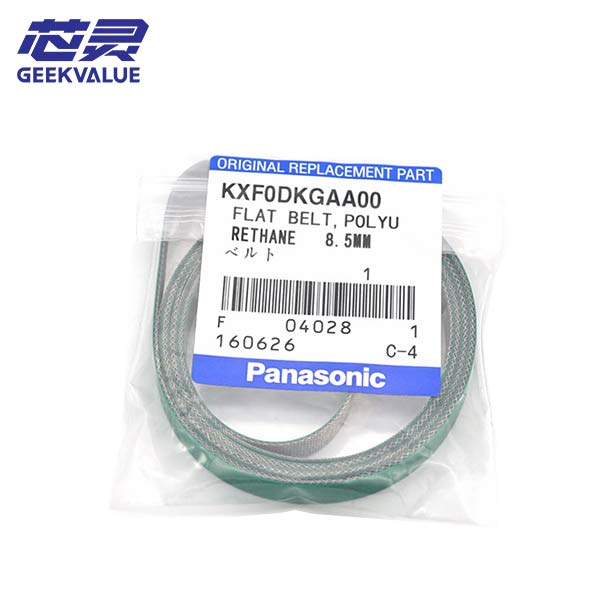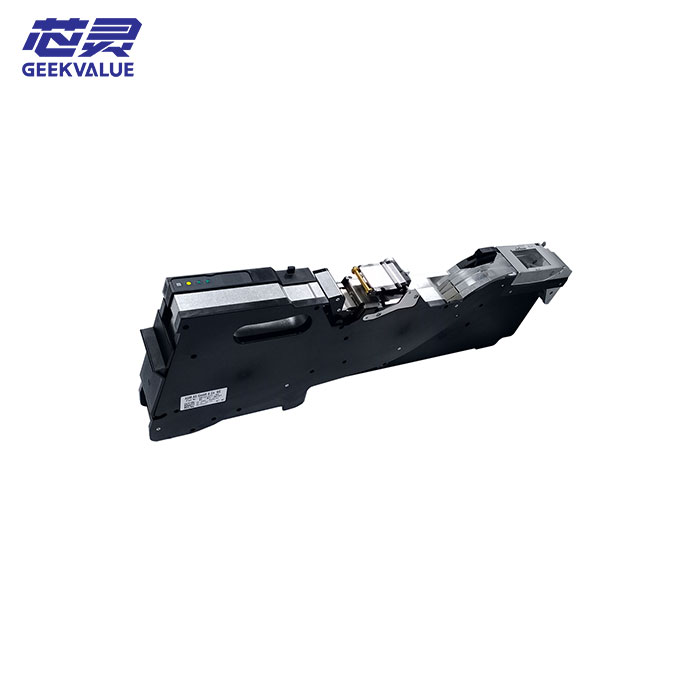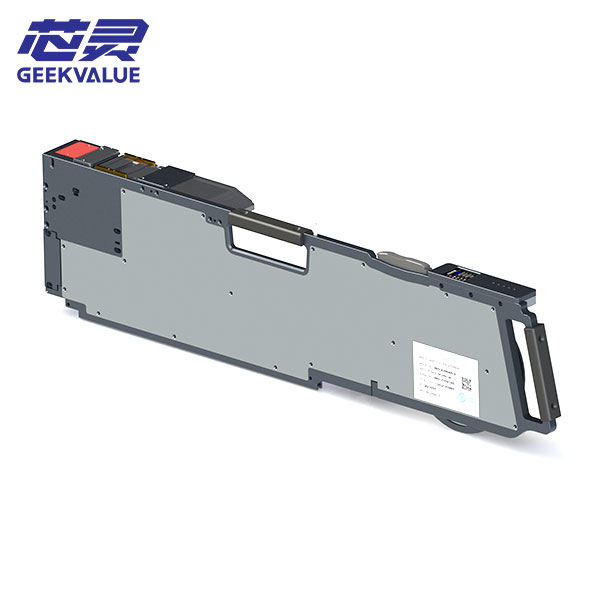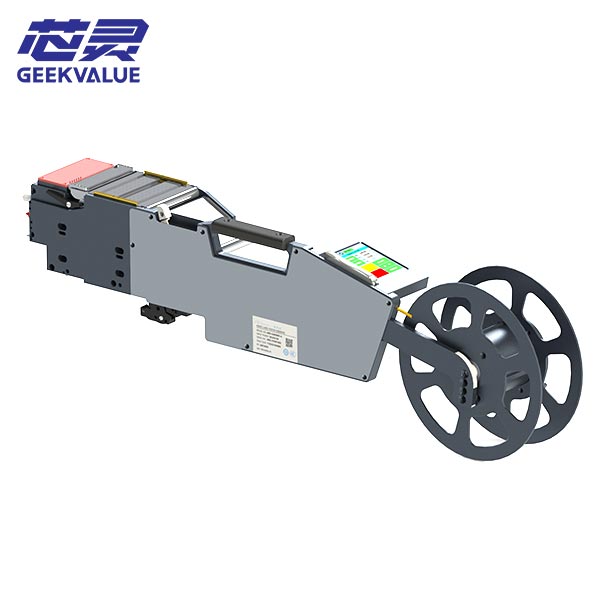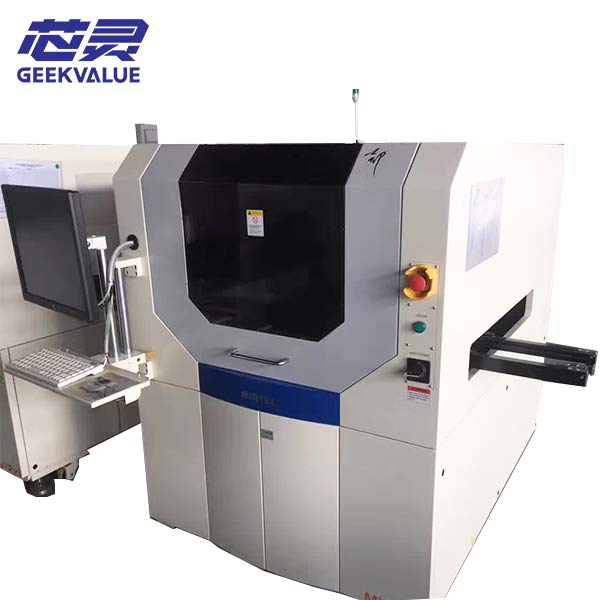Panasonic SMT Belts play a vital role in Surface Mount Technology (SMT). Its main functions include:
Transmission and positioning: The placement machine belt is responsible for transporting the components from the feeder to the placement head and ensuring that they are in the correct position. This involves placing components precisely in designated locations on the PCB (Printed Circuit Board).
Improve production efficiency: The efficient operation of the patch machine belt can significantly improve production efficiency. By transferring components quickly and accurately, it reduces pauses and errors in the production process, thereby improving overall production efficiency.
Adapt to a variety of component and substrate sizes: Panasonic placement machine belts can adapt to components and substrates of different sizes, ensuring production flexibility and compatibility. For example, Panasonic's NPM series placement machines can handle a wide range of substrate sizes from 0402 chips to large components.
High-precision placement: The placement machine belt and the high-precision placement head can achieve high-precision placement. The placement accuracy (Cpk≥1) is ±37 μm/chip, ensuring accurate placement of components and reducing quality problems caused by position deviation.
Anti-static properties: SMT belts usually have high anti-static properties to prevent damage to semiconductor devices due to electrostatic discharge and ensure the stability and reliability of production.
Multiple models to choose from: Panasonic placement machine belts are available in a variety of models and specifications, such as XVT-952, HNB-2E, HNB-5E, etc.
In summary, Panasonic chip placement machine belts play a key role in SMT production, ensuring high efficiency and high quality of production through efficient and precise transmission and positioning.
